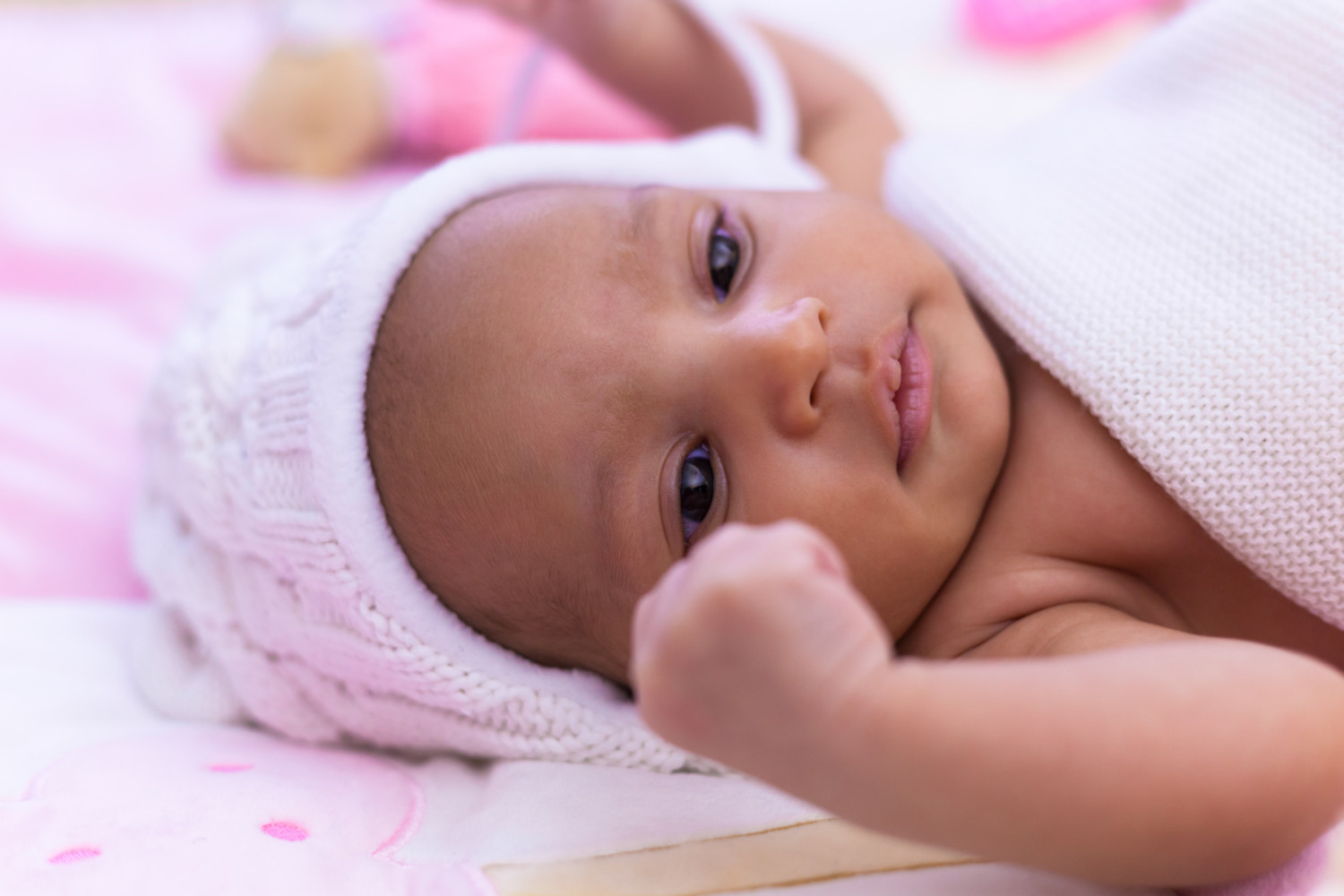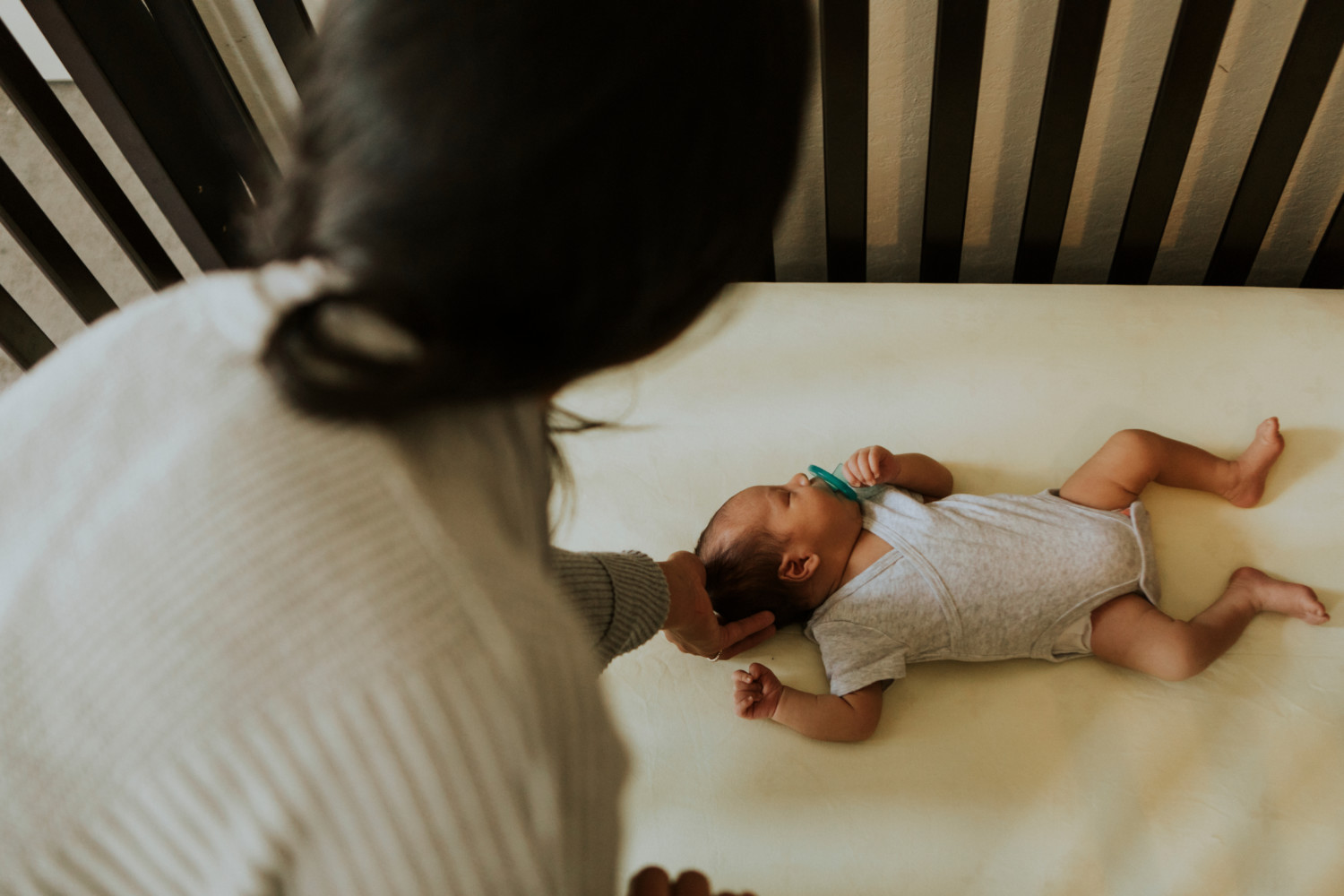Few things in life are more precious than a sleeping baby. Knowing their little one is as safe as possible while they are slumbering is a top priority for parents. So, when the American Academy of Pediatrics (AAP) updates its safe sleep recommendations, moms, dads and other caregivers take note.
In its updated recommendations for reducing sleep-related infant deaths, published June 21, AAP recommends against using weighted blankets, weighted swaddles or weighted sleepers. The new recommendations also warn against placing a hat on an infant indoors, except in the first few hours of life, or in the neonatal intensive care unit.
“Given the questionable benefit of hat use for the prevention of hypothermia and the risk of overheating, it is advised not to place hats on infants when indoors,” the recommendation states.

The guidelines apply to babies up to 1 year old, and a technical report providing evidence for the recommendations — which were revised based on 159 new research studies on infant sleep safety — accompanies the update. The report was last updated five years ago.
Along with adherence to the June 2021 Consumer Product Safety Commission’s safety standards, the AAP also recommends that babies should sleep on their backs on firm, flat, non-inclined surfaces that meet existing federal safety standards. The academy also recommends that parents and babies sleep in the same room for at least the first six months, although not in the same bed.
“We know that many parents choose to share a bed with a child, for instance, perhaps to help with breastfeeding or because of a cultural preference or a belief that it is safe,” said Dr. Rebecca Carlin, who co-authored the statement and technical report. “The evidence is clear that this significantly raises the risk of a baby’s injury or death, however, and for that reason AAP cannot support bed-sharing under any circumstances.”

While the AAP states that pacifier use is associated with reducing risk, it also reports that there is no evidence that swaddling reduces the risk of SIDS. If swaddled, parents should always place babies on their backs. They should not place weighted blankets, sleepers or swaddles on or near sleeping infants. And, as soon as an infant shows signs of attempting to roll, swaddling should no longer be used.
In addition, the organization found no evidence that commercial devices designed to monitor infant vital signs reduce the risk of SIDS.
Breastfeeding when possible, daily tummy time and avoiding exposure to tobacco, alcohol and other substances are still urged as significant to safe sleep for infants. Of course, if you have questions about any of the guidelines, you should talk to your baby’s primary healthcare provider.
“Parents might think that their infant is waking up too much during the night and fear that something is wrong,” said Dr. Rachel Moon, lead author of the statement and technical report. “But babies by their nature wake up frequently during the night. Although this can be understandably frustrating for parents who are exhausted and losing out on their own sleep, babies have to wake to feed every 2-3 hours, so this is normal and healthy, and should be expected. When parents have questions about their infant’s sleep, they should always ask their pediatrician for guidance.”
This story originally appeared on Simplemost. Checkout Simplemost for additional stories.


